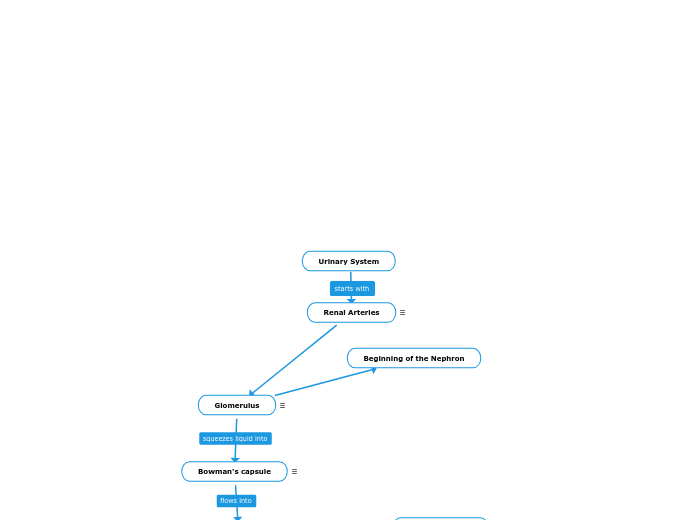arabera Tania Orozco 6 years ago
3496
URINARY SYSTEM
The urinary system consists of several essential organs and structures that work together to remove waste and maintain fluid balance in the body. The kidneys, a pair of purplish-brown organs located below the ribs, filter blood to produce urine.









